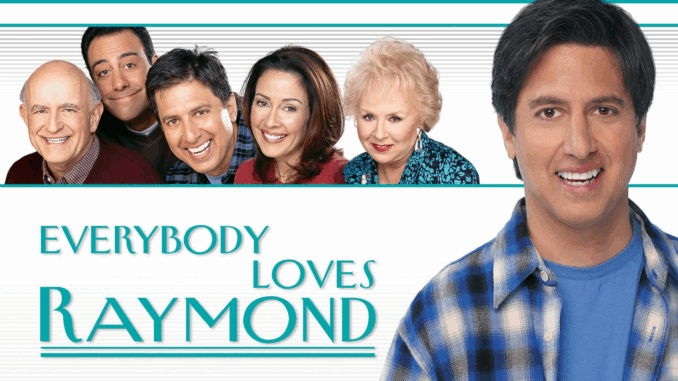
Raymond started small — and stayed small
Most modern sitcoms are constructed of an A-story, which takes up the bulk of the action, and then a B-story and C-story. (The amount of time they take up in the episode decreases the further down the alphabet you go.) The pinnacle of this approach was 2003’s Arrested Development, which spun nine different stories in nearly every episode — one for every member of the Bluth family.
But Romano and Rosenthal wanted to deliberately cut against the trend of splintering the story into smaller and smaller pieces, which was trendy at the time of Raymond’s launch, thanks to Seinfeld. So Raymond has no B- or C-stories. It just has the A-story, and all of the series’ characters weave in and out of that story over the course of an episode.
“We happened to have a show where the family, the entire cast, lives in close proximity to each other, and they can all relate to the A-story,” Rosenthal told me in an interview at June’s Austin TV Festival. “If a story is worth telling at all, we’re going to make it worth telling for the 22
minutes that we have. We don’t need to take time away to service characters in an almost obligatory or phony way. It weakens the episode.”
If the stories had huge dramatic stakes, that might feel forced. But the stories on Raymond are deliberately low-stakes stuff that feels like it has high stakes — or, put another way, the stuff of endless family arguments that feel like they’re never going to end. Ray and his family squabble over the most mundane things, and even though you know they love each other deep down, the way those dumb arguments grow to encompass everybody onscreen feels a little like a magic trick every week.
“Robert can weigh in with his opinion. [Parents] Marie and Frank can weigh in with their opinion. So the whole show is therefore structurally
supported by the writing and the characters,” Rosenthal told me. “That was a very conscious decision to add weight and depth to the typical sitcom structure.”

The cast is perfection
Nobody would have called Romano the world’s greatest actor at the start of Everybody Loves Raymond. He was often stiff and uneasy in front of the camera. But, like most standup comedians, he had a natural gift for performing in front of an audience, and he quickly warmed to the task.
“While we were casting, I got a phone call, and Scott Baio was on the phone. He said, ‘I understand you’re casting a show called Everybody Loves Raymond. I’m interested in the part of Raymond,’” Rosenthal says with a laugh. “I said, ‘Scott, that’s very nice of you. I actually already have a Raymond.’ But I would tell Raymond, ‘You better be good, because I have Scott Baio waiting.’”
It certainly didn’t hurt that Romano surrounded himself with enormously gifted performers. Heaton had spent much of the early ’90s bouncing among shows where she was the best part of a flailing enterprise, while Garrett, with his huge frame and deep, deep voice, was a presence unlike anything else in TV comedy.
But the show’s secret weapons lay in Peter Boyle and Doris Roberts as Ray’s parents, Frank and Marie. Roberts’s overenthusiastic love — she mothered her younger son like a small child who’s found a caterpillar and squeezes it so tightly it’s smushed — found its perfect counterpoint in Boyle’s lassez-faire attitude toward raising his boys.
But, of course, the longer the series went on, the more complexity those portrayals found.
